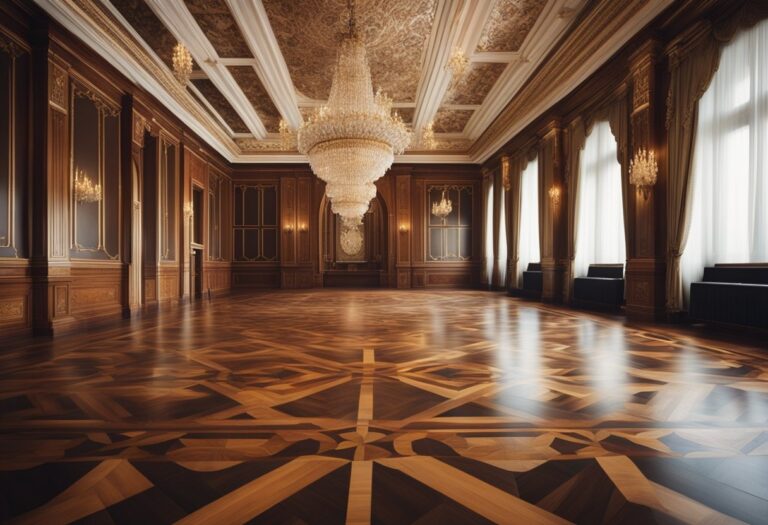Tropical landscape design has become increasingly popular in recent years, as more people seek to bring the beauty and tranquility of the tropics into their own homes. Whether you live in a warm climate or a cooler one, there are many ways to incorporate tropical elements into your landscape design.

One of the most important aspects of tropical landscape design is the use of lush, green foliage. Palms, ferns, and other tropical plants can add a touch of the exotic to any landscape. In addition, water features such as fountains, ponds, and waterfalls can help create a sense of tranquility and relaxation. By combining these elements with carefully chosen lighting and other design elements, you can create a tropical paradise right in your own backyard.
Fundamentals of Tropical Landscape Design

Understanding Tropical Climates
Before beginning any tropical landscape design, it is important to understand the climate of tropical regions. Tropical climates are characterized by high temperatures, high humidity, and heavy rainfall. In order to create an authentic tropical landscape, it is important to choose plants that are adapted to these conditions.
Selecting Tropical Plants
Selecting the right plants is crucial to achieving a successful tropical landscape design. Tropical plants are known for their large, colorful foliage and vibrant flowers. Some popular tropical plants include hibiscus, bird of paradise, and palm trees. It is important to choose plants that are suited to your specific climate and soil conditions.
To make the selection process easier, consider creating a list of plants that are native to tropical regions. Native plants are often better adapted to local conditions and require less maintenance. Additionally, consider the mature size of the plants and how they will fit into your overall landscape design.
Incorporating Water Features
Water features are an important element of tropical landscape design. They not only add visual interest but also help to create a more humid microclimate that is beneficial to tropical plants. Consider incorporating a pond, fountain, or waterfall into your landscape design.
When selecting a water feature, consider the size and style of your landscape. A large, formal fountain may be better suited to a formal garden, while a natural-looking pond may fit better in a more informal landscape. Additionally, consider the maintenance requirements of the water feature and how it will fit into your overall landscape design.
Executing Your Tropical Landscape Design

Once you have planned your tropical landscape design, it’s time to execute it. Here are some important steps to follow:
Planning Your Layout
Before you start digging, it’s important to plan out the layout of your tropical landscape design. Take into consideration the size of your yard, the amount of sunlight it receives, and the types of plants that will thrive in your climate. You may want to consider creating focal points such as a water feature or a seating area.
Choosing the Right Materials
Choosing the right materials is crucial to achieving a successful tropical landscape design. Opt for materials that are durable and can withstand the elements, such as stone or concrete. Use bold and vibrant colors to add a tropical feel to your design. Incorporate natural materials like wood and bamboo to create a more authentic tropical atmosphere.
Maintaining Your Tropical Paradise
Maintaining your tropical landscape design is important to keep it looking lush and vibrant. Water your plants regularly and fertilize them as needed. Trim back overgrown plants to keep them under control. Keep an eye out for pests and diseases and treat them promptly to prevent them from spreading.
By following these steps, you can create a stunning tropical landscape design that will transport you to a tropical paradise right in your own backyard.






